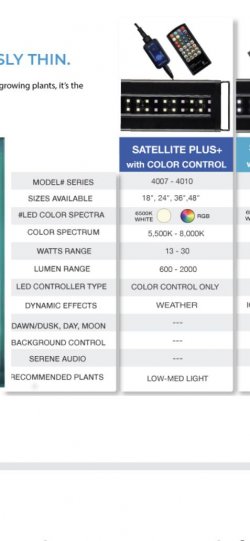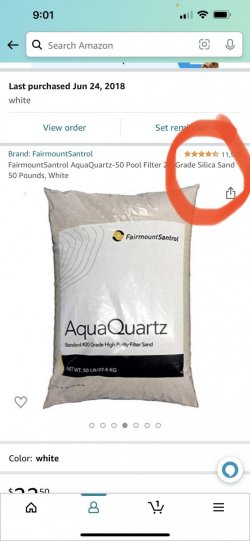On the light, there appears to be a misunderstanding about Kelvin. Kelvin is the colour temperature of light. This has nothing to do with heat, light temperature is a different thing. All light is produced by colour wavelengths (think of the rainbow or a spectrum) and these can be measured, one way is by Kelvin. "Warm" light is higher in the red/yellow wavelengths, and "cool" light is higher in the blue wavelengths. Sunlight is around 5000-6500K midday, it varies throughout the day though most of us do not see that. So "warm" light will be lower Kelvin numbers, while "cool" light will be higher. Artificial light that has a Kelvin range from 5000K to 6500K is the best light for aquatic plant growth according to scientific studies. The 5000K will have more red and be a bit warmer, while the 6500K has less red and more blue so it is cooler.
The K for your light as posted in Post #1 is 5500K to 8000K. The 8000K is getting a bit high in the blue, and this can assist problem algae, so if you can adjust the light to have the K between 5500K and 6500K, it would be better. Plants need red and blue to drive photosynthesis, and red is the more important of the two. Adding high green to this combination greatly improves plant growth. Plants appear green because they reflect green light, so you need more of it. Just as red leaf plants reflect red so you need higher red for these, or a more intense light collectively.




